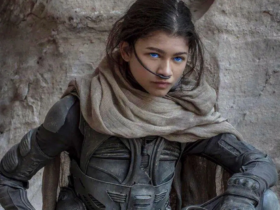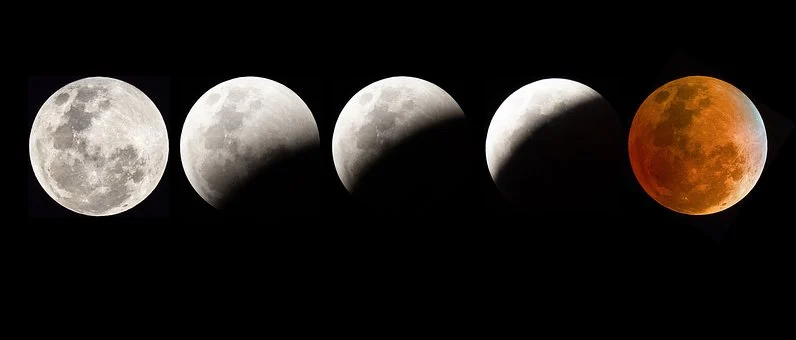Great news for those who love watching the sky during an eclipse: The longest lunar eclipse in the last 600 years will take place this week. During the night of 18 to 19 of November, the Sun, our planet, and the Moon will be almost perfectly aligned, creating a lunar eclipse. Our planet creates a shadow on the Moon, known as a partial lunar eclipse. The last time a long lunar eclipse took place was 580 years ago, and scientists calculated that there would not be another one for over 648 years (in the year 2669).
The partial lunar eclipse will be visible from many places
People in North America, South America, Eastern parts of Asia, and some parts of Europe will be able to spot the partial lunar eclipse. The Holcomb Observatory tweeted the news and gave a couple of important details about the lunar eclipse.
LONGEST PARTIAL ECLIPSE of the CENTURY to occur in the Pre-dawn hours of November 19th. Maximum eclipse is at 4:03 AM EST when 97% of the Moon will be eclipsed. At that time it will be high in our western sky. This will also be the longest partial lunar eclipse in 580 years! pic.twitter.com/Xa9ciXLp3V
— Holcomb Observatory (@holcombobserv) November 7, 2021
No special protective eyewear needed
Because this will be a lunar eclipse and not a solar one, everyone can enjoy this phenomenon without using protective eyewear. However, a pair of binoculars or a telescope will offer a better view of the lunar eclipse. The duration of the lunar eclipse is estimated to be of around 6 hours and 1 minute. Normally, partial lunar eclipses last around 3 hours and 28 minutes.
You can check virtual telescopes if the weather is bad
For those who will experience bad weather, the Virtual Telescope Project can be accessed online, and it will stream the entire event. There is also great news for next year. In May 2022, there will be a total lunar eclipse. The weather in May might be better than the one in November. The partial lunar eclipse taking place in just a few days is actually a near-total lunar eclipse because 97% of the Moon’s surface will be covered.























Leave a Reply